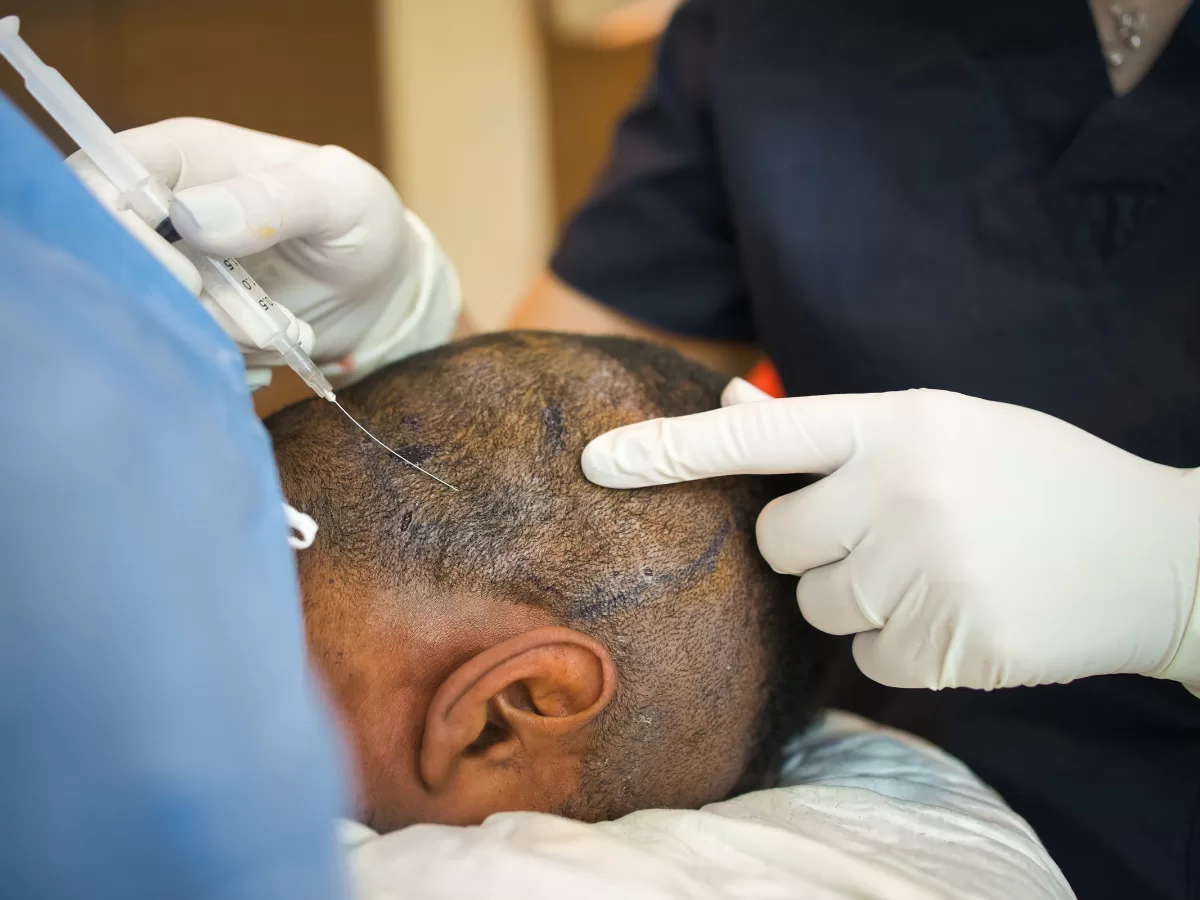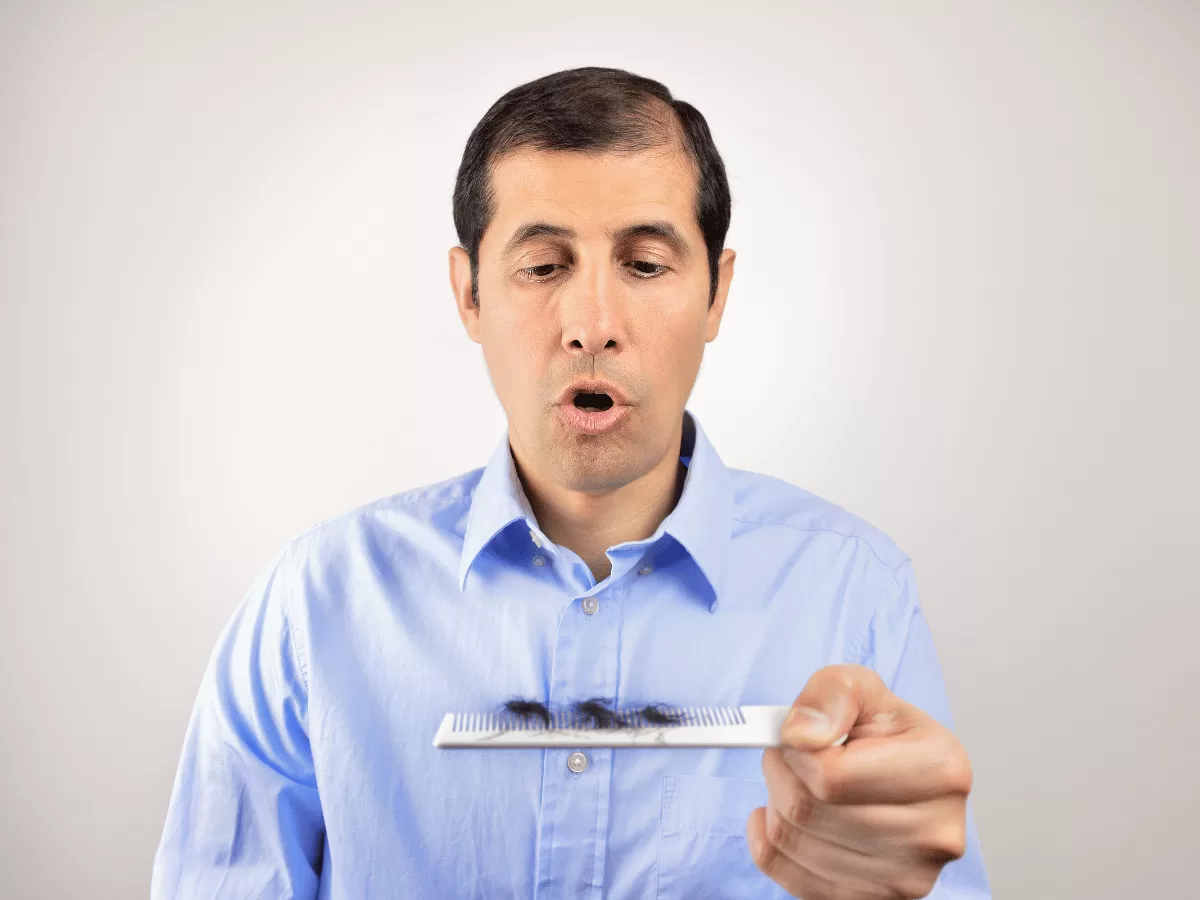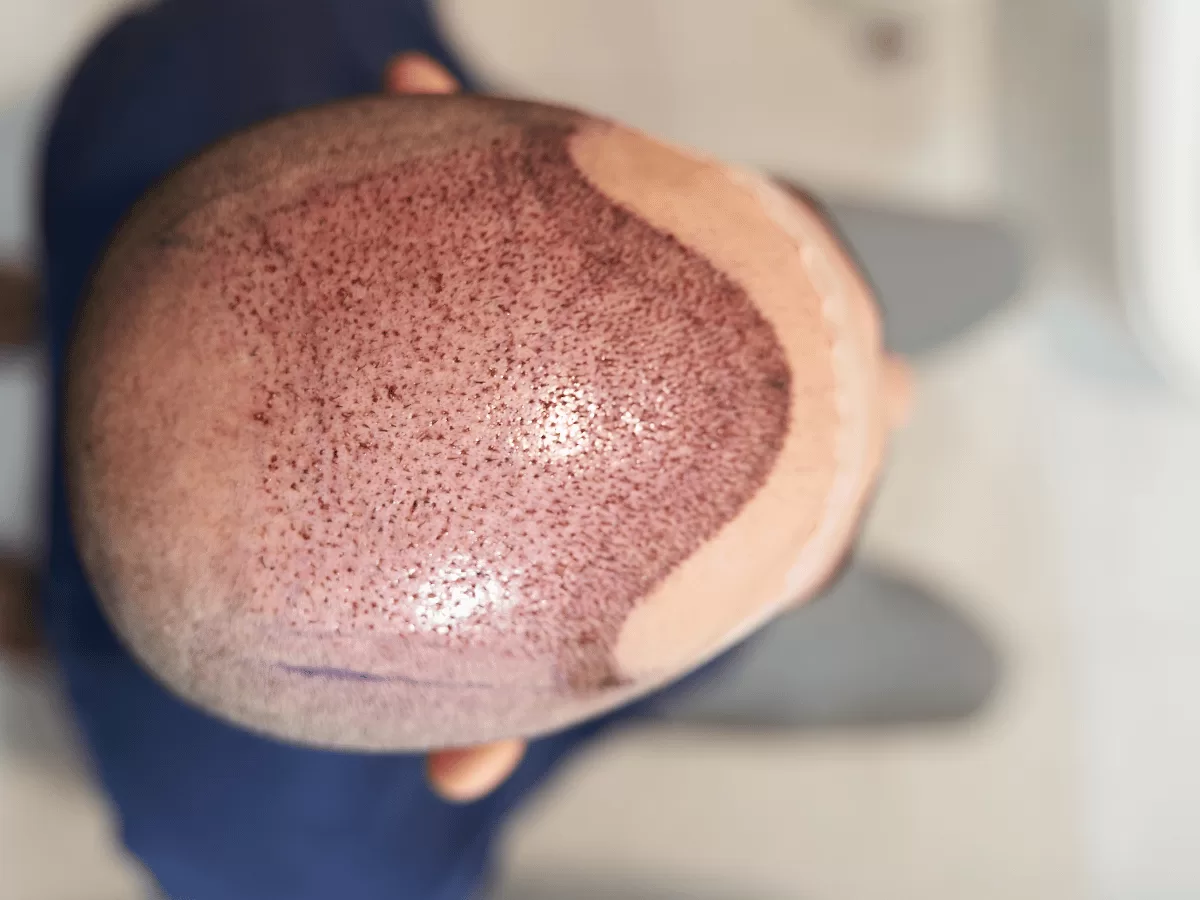The Surprising Link Between Stress, Diet, and Thinning Hair
You find it on your pillow in the morning, circling the shower drain, or clinging to your hairbrush. That moment of seeing more shed hair than usual can be deeply unsettling, triggering a wave of questions and concerns. While genetics and aging are often the first culprits we blame for thinning hair, two of the most powerful—and frequently overlooked—factors are rooted in our daily lives: the stress we endure and the food we eat.
The connection between your lifestyle and your locks isn’t just a vague idea; it’s a profound biological reality. Your hair is a sensitive barometer of your internal well-being. When your body is under significant strain, whether from emotional turmoil or nutritional gaps, your hair is often one of the first things to show the impact.
This is not to say that every bad day or indulgent meal will cause your hair to fall out. But chronic stress and persistent dietary deficiencies can absolutely trigger a specific, noticeable, and often distressing type of hair shedding.
This comprehensive guide will unravel this complex relationship. We will explore the science behind your hair’s growth cycle, explain exactly how stress and diet can disrupt it, and provide an actionable plan to manage these factors and nourish your hair from the inside out.
The Foundation: Understanding Your Hair’s Natural Growth Cycle
To understand how stress and diet cause hair loss, you must first understand how hair grows. Each of the roughly 100,000 hair follicles on your scalp operates on its own individual timeline, cycling through three distinct phases:
- The Anagen (Growth) Phase: This is the active growth phase. During this time, the cells in the hair root are dividing rapidly, and a new hair is formed and pushed up through the skin. This phase is incredibly long, lasting anywhere from 2 to 7 years. At any given time, about 85-90% of the hairs on your head are in this growth phase.
- The Catagen (Transition) Phase: This is a very short transitional phase that lasts only 2-3 weeks. During this time, the hair follicle shrinks, and hair growth stops.
- The Telogen (Resting) Phase: After the transition, the hair follicle enters a “resting” phase, which lasts for about 3 months. The hair is no longer growing, but it remains attached to the follicle. At the end of this phase, the hair is naturally shed, and the follicle prepares to grow a new one, re-entering the Anagen phase. It’s normal to shed between 50 and 100 of these “telogen hairs” every single day.
This delicate, continuous cycle is what keeps your head full of hair. The problems arise when a significant shock to your system disrupts this cycle.
The Stress Connection: How “Fight or Flight” Impacts Your Follicles
When your body experiences a significant stressor—be it physical (like a major surgery, high fever, or childbirth) or emotional (a divorce, job loss, or bereavement)—it goes into “survival mode.” It diverts its energy and resources away from non-essential processes and towards critical life-sustaining functions.
Unfortunately for our peace of mind, the body classifies hair growth as a non-essential cosmetic process.
This leads to a specific type of hair loss known as Telogen Effluvium.
The Role of Cortisol: In response to stress, your adrenal glands pump out a hormone called cortisol. While useful in short bursts, chronically high levels of cortisol can send a powerful shockwave through your system. This hormonal signal can tell a large number of your hair follicles—far more than the usual 10%—to prematurely stop growing.
The “Premature Push”: High cortisol levels can abruptly push a significant percentage of hairs from the active Anagen (growth) phase directly into the Telogen (resting) phase. Instead of 10% of your hair resting, you might suddenly have 30% or more entering this shedding phase all at once.
The Crucial 3-Month Delay: This is the part that often confuses people. Because the Telogen phase lasts for about 3 months, the noticeable, heavy hair shedding does not happen immediately after the stressful event. It occurs roughly three months later, when all those resting hairs simultaneously reach the end of their cycle and fall out. Patients often don’t connect their current hair loss with the stressful period they went through several months prior, making the shedding seem mysterious and unprompted.
The Diet Connection: The Essential Building Blocks of Healthy Hair
Just as stress can shock the hair cycle, so too can a lack of proper nutrition. Your hair follicles are among the most metabolically active cells in your body, requiring a constant and robust supply of specific nutrients to build strong hair.
You can’t build a strong brick house without a steady supply of high-quality bricks and mortar. Similarly, your body cannot build strong, healthy hair without the right nutritional building blocks. When the body is deprived of these key nutrients, it once again shunts resources away from “non-essential” hair growth to support vital organs. This can also trigger Telogen Effluvium.
The Key Nutrients Your Hair Craves:
- Iron: This is one of the most critical minerals for hair health. Iron is a key component of hemoglobin, which carries oxygen in your blood. Your hair follicles need a rich supply of oxygen for growth and repair. Iron deficiency (anemia) is one of the most common nutritional causes of hair loss, particularly in women.
- Protein: Hair is literally made of a protein called keratin. If you are not consuming enough protein—often a risk with crash diets or certain vegetarian/vegan diets—your body will ration its protein supply, and hair production will be one of the first things to shut down.
- Zinc: This mineral plays a vital role in hair tissue growth and repair. It also helps keep the oil glands around the follicles working properly.
- Biotin (Vitamin B7): Biotin is essential for the production of keratin. While true biotin deficiency is rare, ensuring you have enough is important for hair strength.
- Vitamin D: Studies are increasingly showing a link between low Vitamin D levels and hair loss, as it helps to create new follicles.
- Vitamin C & E: These are powerful antioxidants that protect hair follicles from damaging free radicals. Vitamin C is also crucial for collagen production and helps your body absorb iron.
A significant deficiency in any of these key nutrients can be the “shock” that pushes hair into the shedding phase.
The Vicious Cycle: When Stress and Diet Collide
The truly challenging aspect of this connection is that stress and poor diet often feed into each other, creating a self-perpetuating cycle of hair loss.
- Chronic stress can disrupt appetite and digestion, leading to poor food choices (“stress eating” high-sugar, low-nutrient foods) or skipping meals altogether.
- A poor nutritional state can, in turn, weaken the body’s ability to cope with stress, making you feel even more run-down.
This combination creates a powerful one-two punch against your hair follicles, often leading to more significant and prolonged shedding.
Your Action Plan: Nourishing Your Hair from the Inside Out
The good news about Telogen Effluvium is that it is almost always temporary and reversible. It is a shedding problem, not a problem of the follicles dying. Once the underlying stressor or nutritional deficiency is identified and corrected, the hair growth cycle will normalize, and your hair will begin to grow back.
Part A: Managing Your Stress
- Mindfulness and Meditation: Daily practices can significantly lower cortisol levels and improve your body’s stress response.
- Regular Exercise: Moderate, consistent exercise is one of the most effective ways to regulate cortisol and manage stress.
- Prioritize Sleep: Aim for 7-9 hours of quality sleep per night. Sleep is when your body repairs itself.
- Seek Support: Don’t hesitate to talk to friends, family, or a professional therapist to help manage emotional stressors.
Part B: Building a Hair-Healthy Diet
Focus on incorporating whole foods rich in the key nutrients your hair needs:
- Iron: Lean red meat, spinach, lentils, chickpeas, and fortified cereals.
- Protein: Eggs, chicken, fish, dairy, legumes, and nuts.
- Zinc: Oysters, beef, pumpkin seeds, and lentils.
- Biotin: Eggs (especially the yolk), almonds, and sweet potatoes.
- Vitamin C: Oranges, bell peppers, strawberries, and broccoli.
When to See a Professional
While lifestyle changes are your most powerful tool, a professional diagnosis is essential. Self-diagnosing can be risky, as hair loss can have many other causes, including:
- Androgenetic Alopecia (genetic hair loss)
- Thyroid disorders
- Autoimmune conditions (like Alopecia Areata)
- Hormonal imbalances
A consultation with an expert trichologist or dermatologist at a leading clinic in Beverly Hills is the crucial first step. A professional evaluation will include:
- A Detailed Medical and Lifestyle History: To identify potential triggers.
- A Physical Scalp Examination: Often using a special magnifying tool called a trichoscope to examine your follicles.
- Blood Tests: To screen for common culprits like iron, Vitamin D, and thyroid hormone deficiencies.
Based on this diagnosis, a professional can recommend targeted treatments like Platelet-Rich Plasma (PRP) therapy, mesotherapy, or specific supplements to support and accelerate your recovery.
Conclusion: A Holistic Approach to Healthy Hair
Your hair is a remarkable barometer of your internal world. Increased shedding is often a clear and direct signal from your body that it needs better nourishment, more rest, and less stress. While discovering thinning hair can be distressing, understanding the powerful connection between your lifestyle and your locks is the first step toward taking control.
The journey to thicker, healthier hair begins not with a magic shampoo, but with a holistic approach. By managing stress, optimizing your diet, and seeking expert guidance to get a clear diagnosis, you can create the perfect internal environment for your hair to not just survive, but to thrive.




